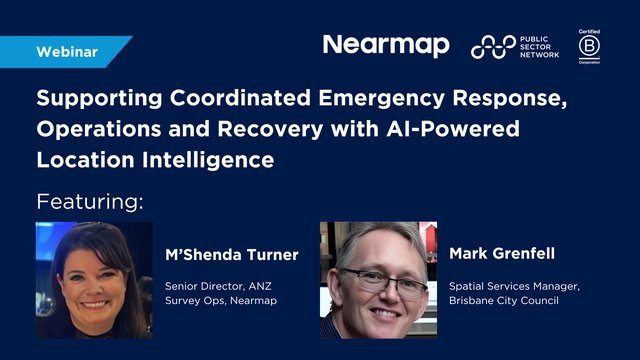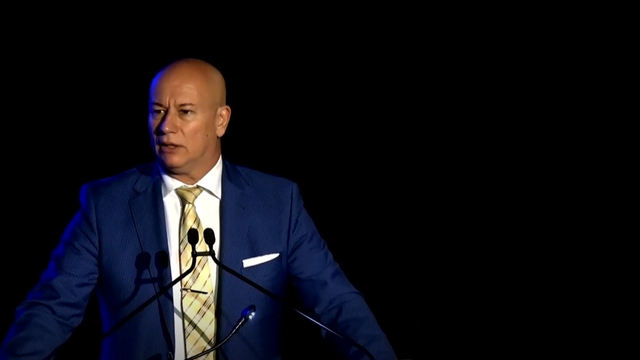Digital Inclusion in the Public Sector
An Update on What it Means to be Digitally Inclusive.

The Issues Facing Digital Inclusion
More than 20 years ago, when personal devices started becoming ubiquitous, it was identified that not everyone had access to the same technology. A digital divide had been created.
Some years later, the term ‘digital inclusion’ was coined as a way of bridging that divide. However, it was a nebulous term. Dr Jutta Treviranus, founder as well as Director of the Inclusive Design Research Centre (IDRC) and the Inclusive Design Institute (IDI) at the Ontario College of Art and Design (OCAD) University in Toronto, says that the term now seems naïve and overly simplistic.
Particularly in the last year or so, we’ve realized that we live in a complex adaptive system. Things are entangled and connected and cannot be isolated. In other words, digital systems can’t be retrofitted. They are complicated and not amenable to re-engineering.
The end result is that people who are not intentionally included are excluded. Part of the reason for this is because it was never expected that inclusion would mean full participation. For digital inclusion to be a reality, this expectation must change. Ultimately, users want to be involved in every element, not just the final product.
Accessibility and inclusion must be built in from the very foundation. Any legislation or measures that are being used to address inclusion at present are actually blunt instruments that are being used to fix something that should not have been this broken.
It’s not just about being able to consume digital services or products. It’s about designing the table and not just being invited to a table that doesn’t fit or consider the users.
What This Means for Society And What To Do About It
There are unintended consequences when systems are not intentionally designed with inclusion from the start. Even data–based decision making can be exclusive.
Due to automated decisions and an algorithmic bias the current situation fits into the 80/20 rule. If everyone’s digital needs were plotted on a scatter graph, 80% of the [users’] needs would take up 20% of the space, meaning the design will work for those 80% [of users’ needs] in the middle. However, the problem is that 20% of the rest of the [users’] needs deviate from there and take up 80% of the rest of the space.
What this means is that the decisions and the determinations that we make with our data [or that are made for us] are highly accurate for the majority, much less accurate as you deviate from the majority, and all but completely wrong if you’re on the outer edge of society.
Although this is a known concept, most institutions still resort to data systems and artificial intelligence to determine who counts.
For anyone who is considered a minority or an outlier, this could have severe ramifications. It means you’ll never reach impact threshold or popularity. You don’t show up in majority evidence and you may even be flagged as a threat or used as collateral damage in security systems.
This type of digital exclusion is more impactful quite often than being denied a vote. It is known that anyone who is an outlier is unique, but this determination means that they are also the most vulnerable to data abuse and data misuse.
Those on the edges are also likely to be victims of faux inclusion, misrepresentation, and disinformation. Vulnerable people might be easier to scam and if they have access to any kind of device, might not be as concerned about digital or identity protection. People with disabilities are particularly vulnerable, and the issues that they face are not going to be fixed through ‘techno solutionism’ with just an app or a gadget.
Inclusion must start at the beginning. These digital exclusions don’t only affect the people at the margins; they hurt the majority as well. Regularly in our societies, the outer edge is where we find innovations and solutions. Without active inclusion, those innovations and solutions may never be discovered.
We need those people that are closest to the bottom because they’re more diverse, they’re less invested in the past, and they are better able to diversify and collaborate. The solutions to our digital inclusion problems will come from the people that are the most digitally excluded. They will make our systems more adaptable, less brittle and better prepared for the crises to come.



































